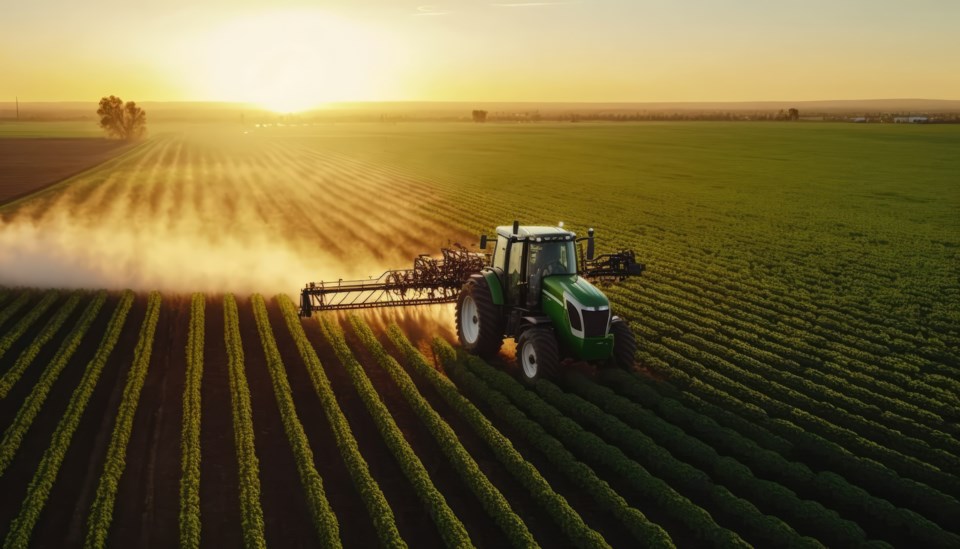OTTAWA — Canada's agriculture industry will have a domestic labour gap of more than 100,000 jobs by 2030, according to a new report.
The Canadian Agricultural Human Resource Council said the forecast represents a 15 per cent increase compared with the number of jobs in 2023 that couldn't be filled by Canadian residents.
This growing gap is due in part to Canada's aging population, the council said — more than 30 per cent of the agriculture workforce is expected to retire over the same period.
“Labour shortages are one of the most serious issues in agriculture because they have a direct impact on our local food security, economic development and the sustainability of the sector," said the council's executive director Jennifer Wright in a press release.
Another factor contributing to the growing labour gap in agriculture is the fact that while Canada's retirement-age population is projected to keep increasing, the population of young people aged 15 to 24 is expected to remain constant, the report said.
The report also predicts a growing skills gap, as managers make up more than half of projected retirees but younger workers are not expected to be able to fill those roles.
The report said temporary foreign workers will play an important role in narrowing the gap, with about four in five of those 100,000 jobs to be filled by a foreign worker.
However, it said that even with a projected increase in temporary foreign workers by 2030, 22,000 positions will still remain vacant.
Increased immigration also offers an opportunity to fill some of the gaps, the report said. Between 2021 and 2022, the number of immigrants entering the sector more than doubled as overall immigration surged, it said.
"This presents an opportunity to develop tailored programs to ensure immigrants have the skills required for specific occupations in the agriculture sector," the report said.
The report notes that supply-managed industries, which are dairy, poultry and egg, tend to face fewer labour shortages than other areas in agriculture. This is due to several factors including price stability, lower turnover rates and higher levels of automation.
Strong growth in the greenhouse sector, meanwhile, has helped contribute to the greenhouse and nursery industry having the largest number of vacancies among agriculture sectors. The domestic labour gap is expected to continue being biggest in this industry, accounting for more than a third of the gap by 2030, the report said.
The report recommends initiatives to educate youth about employment opportunities in agriculture and further development of apprenticeship and skilled trades programs.
It also calls for more efforts to attract immigrants, women and international students to the sector, and a continued focus on temporary foreign workers as a key part of the solution to shortages.
This report by The Canadian Press was first published Feb. 15, 2024.
The Canadian Press
